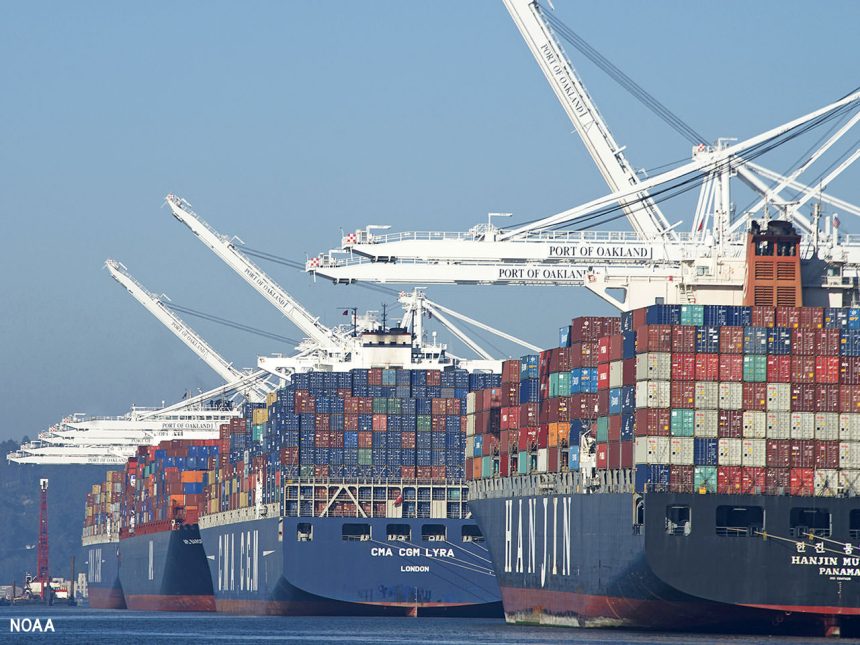The American marine economy continued to bolster the nation in 2022 with increased sales and jobs, according to the latest Marine Economy Satellite Account (MESA) statistics released by NOAA and the Bureau of Economic Analysis (BEA). The marine economy contributed $476 billion in economic impact, representing nearly 2% of the nation’s gross domestic product (GDP). It generated $777 billion in sales and supported 2.4 million jobs in 2022. MESA provides valuable insights into the marine sector’s contributions to the national economy.
“A strong, sustainable marine economy helps build a greater, more Climate-Ready Nation,” U.S. Secretary of Commerce Gina Raimondo stated. “The Biden-Harris Administration and the Department of Commerce are committed to enhancing the marine economy and helping communities and ecosystems grow and thrive.”
“These figures show how essential the Blue Economy is to American prosperity,” said NOAA Administrator Rick Spinrad, Ph.D. “The ocean and the Great Lakes are integral to the overall health of America’s economy, and they impact our lives in numerous ways.”
The largest contributors to GDP were tourism and recreation ($163 billion), national defense and public administration ($149 billion), and offshore minerals ($62 billion). Sales sectors showing the most growth in 2022 included ship and boat building (up 14.6%), coastal tourism and recreation (up 8.1%), and marine transportation and warehousing (up 7%).
For the first time, MESA includes information on wind energy and alternative power generation, highlighting the offshore wind industry’s growing importance. Wind farm construction totaled $161 million in sales, and alternative power generation totaled $10 million in sales.
MESA, now in its seventh year, improves national estimates for ocean, coastal, and major water bodies’ economic activity by major industry, accounting for inflation. The data comprises 10 sectors representing businesses dependent on America’s ocean, coasts, and the Great Lakes.
“This report underscores the critical need to support and bolster the marine sector,” said NOAA National Ocean Service Assistant Administrator Nicole LeBoeuf. “Our nation’s marine economy influences many aspects of our economic landscape and our daily lives, affecting regions far beyond our coasts.”
The data, reflecting a period from 2017 to 2022, is the most comprehensive and accurate to date, validating previous estimates of the marine economy’s value. The 10 sectors, ranked by sales, adjusted for inflation, and percentage change compared to the previous year, include:
– Tourism and recreation: $220 billion, up 8.1%
– National defense and public administration: $194 billion, down 2.5%
– Offshore minerals: $66 billion, down 1.3%
– Transportation and warehousing: $56 billion, up 7%
– Living resources: $31 billion, down 6.7%
– Ship and boat building: $20 billion, up 14.6%
– Coastal utilities: $15 billion, down 3.2%
– Research and education: $12 billion, up 4%
– Professional and technical services: $8 billion, down 5.5%
– Marine construction: $7 billion, up 3.1%
“We can continue building a thriving marine economy for America by investing in restoration, sustainability, and working closely with stakeholders,” said NOAA Chief Economist Monica Grasso, Ph.D. “A thriving, resilient marine economy uplifts our communities and drives our nation forward.”
The report, data, and other information are available on NOAA’s Digital Coast website and the BEA Marine Economy website. MESA’s statistics reflect 2022 data, given data availability and the analysis process.















